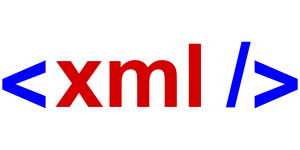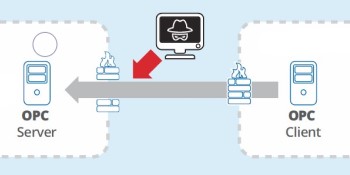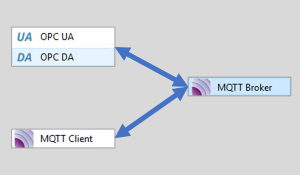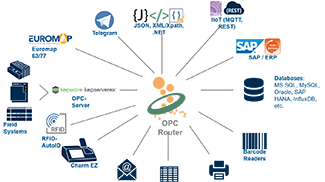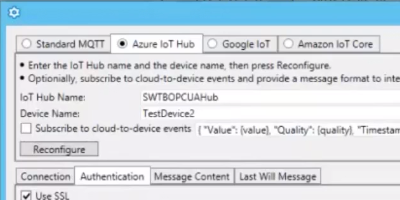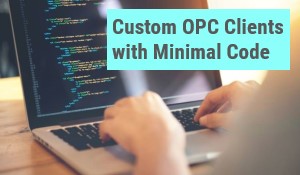A question our tech support engineers get asked quite regularly is how to take data stored in an XML (eXtensible Markup Language) file and share it with other systems such as OPC clients or servers, databases, devices or even the cloud.
Continuing our Tech Support Corner blog series, this post covers a high level review of what options are available for integrating XML file data with your other systems. As part of this series, we'll have supplemental posts on each of the options discussed covering how to use them in more detail.


